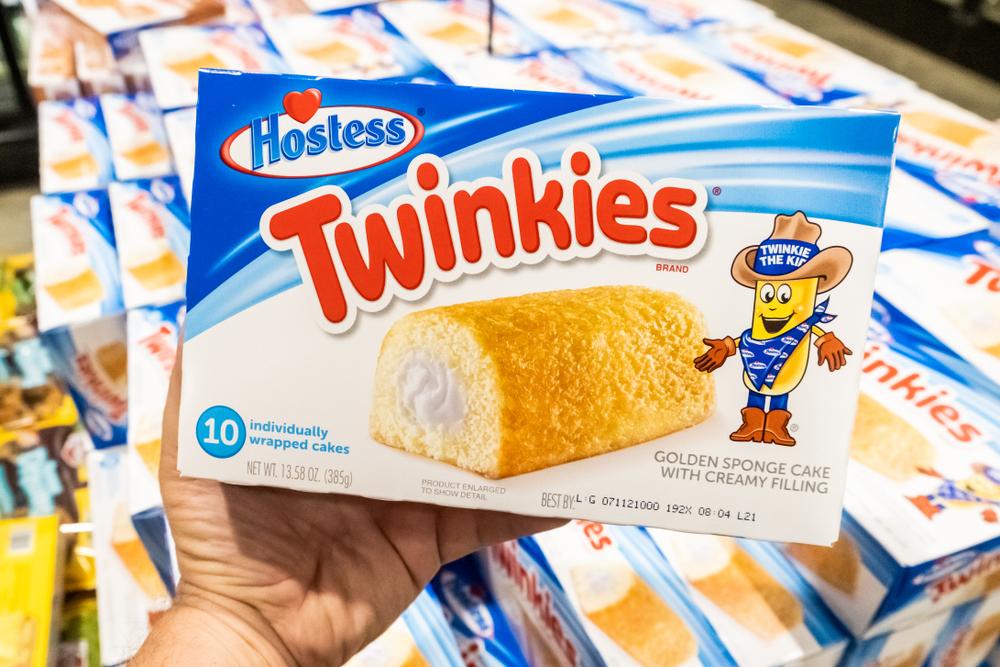There’s a Hostess Twinkie in Maine that is now more than 43-years-old—possible proof that preservatives work, and that an inquisitive mind can leave a mark on the future for decades to come.
Roger Bennatti taught science at George Stevens Academy (GSA) in Blue Hill, Maine, for over 30 years. He retired in 2004, but still remembers the fateful science class in 1976 when a student asked “the question.”






